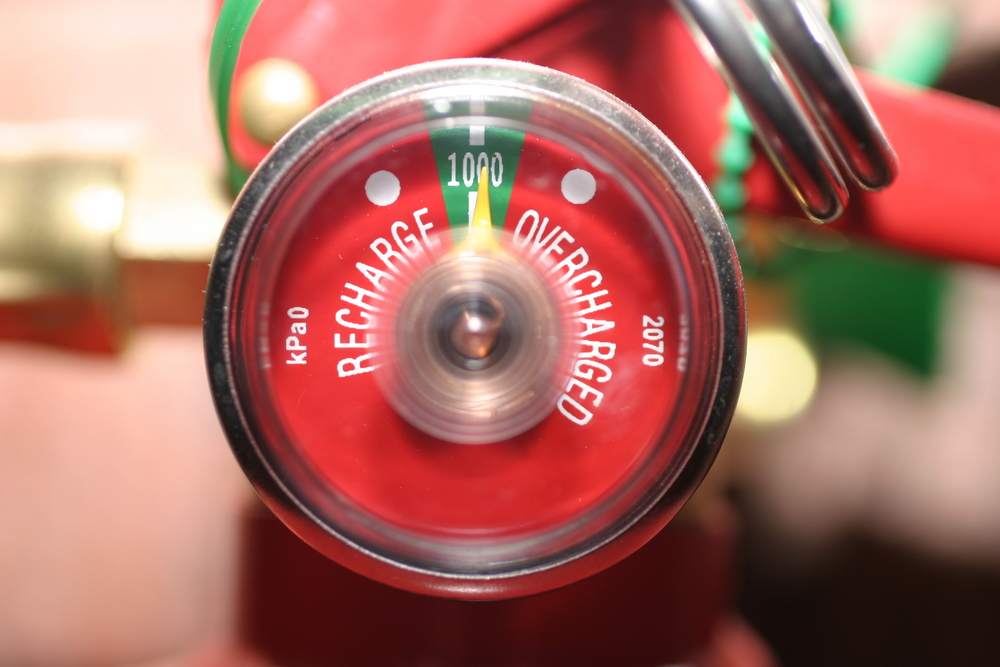Did you know that your building’s fire extinguishers need to be recharged or refilled as part of routine maintenance? Most people assume that recharging or refilling of fire extinguishers is only necessary when the units have been used. However, a fire extinguisher recharge is a critical part of regular maintenance. Ignoring this step can result in serious danger when a fire emergency strikes. The fire protection system might fail when you need it most.
The importance of recharging your fire extinguishers
Over time, the contents of the fire extinguisher decrease. This could be as a result of a small fire or part of a demonstration in your building on how the unit is used. These small amounts need to be replaced to avoid disrupting the pressure levels needed for the fire extinguisher to perform effectively and offer maximum protection. The unit needs to be full at all times for it to work at its level best.

What happens during a monthly inspection?
Every month, the pressure gauge of your fire extinguisher must be checked to ensure it’s still on the green level. If the pressure gauge moves to the red zone, it could be an indication that a fire extinguisher refill is needed.
The recharging process must be properly done to ensure the extinguisher is fully recharged and in good working order. Visual inspection is also done to ensure that the canister is not damaged, dented or deeply scratched. If any of these forms of damage are present, the extinguisher may have to be replaced or repaired and not just refilled. Refilling a damaged canister doesn’t solve the problem. Make sure you have a registered fire protection technician to inspect the unit because he’ll know what to check and how to resolve the issues immediately.
How are fire extinguishers recharged?
Fire extinguishers are refilled in different ways depending on their contents. The trained fire extinguisher technician can come and perform the recharging process at your building so you don’t have to waste money and time hauling it to their location. Some fire departments even provide this service.
If you have multiple fire extinguishers in your building, it may make more sense to invest in a recharging unit which enables you to refill all the fire extinguishers yourself. To perform the recharging process, you must possess the relevant training, proper equipment and refilling agent.
Once the fire extinguisher is refilled, the pressure gauge will automatically move to the green zone. It should read around 100 to 175 psi. This shows that the contents in the fire extinguisher are at the proper level and the pressure is also at the right label.
Fire extinguishers with a plastic or nylon head shouldn’t be refilled after use or once they expire. These plastic heads are prone to damage and can crack/leak over time. Experts recommend fire extinguishers with a metal head because they provide more longevity and can be easily refilled.
The general recommendation is that fire extinguishers should be refilled every six years. However, manufacturers state the recharge date for their fire extinguishers so check the labels.





